Walking the Peloponnese: 12 Trails, 1,700 Kilometers
Greece Is presents "Peloponnese Trails," a...
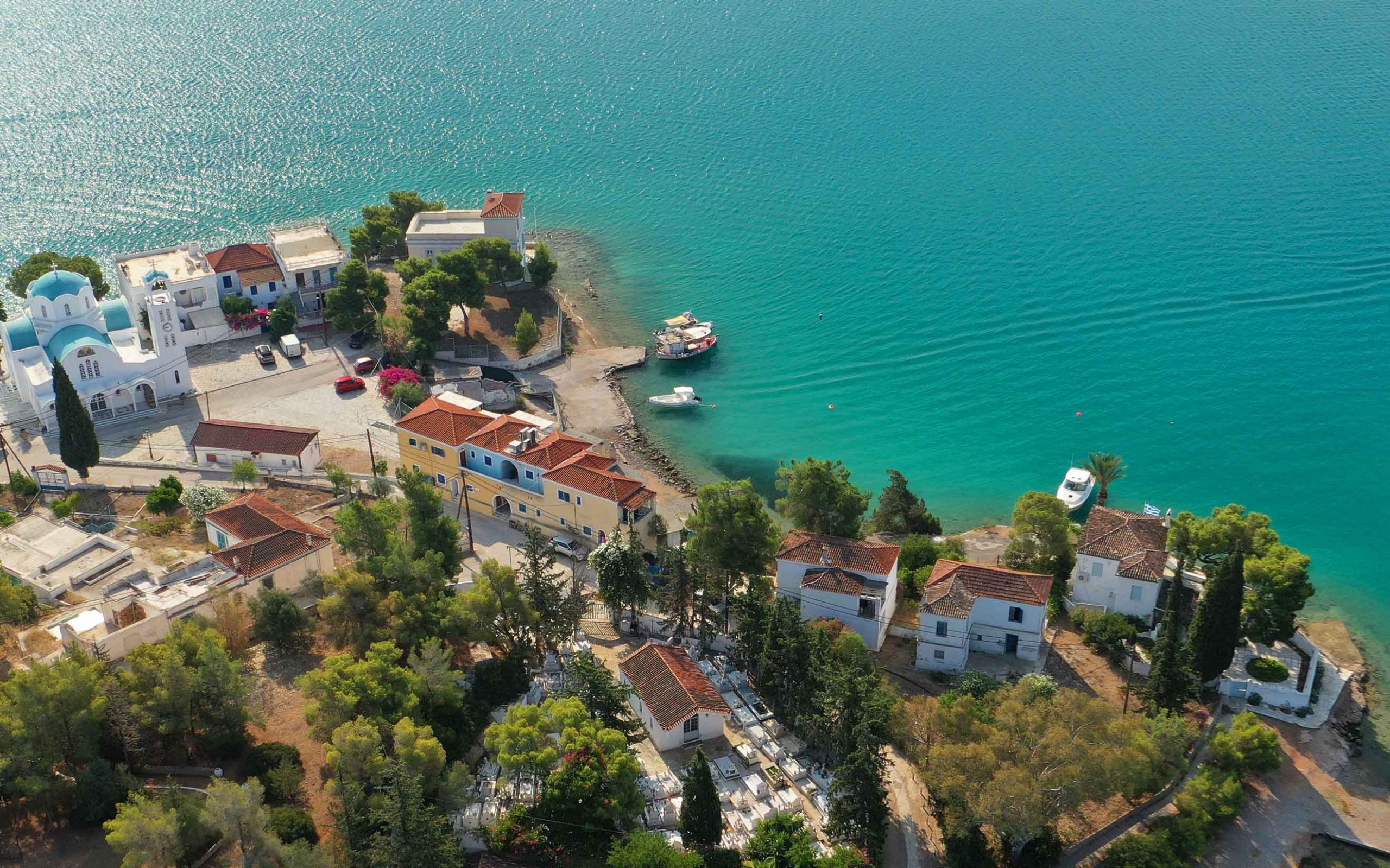
Aerial drone panoramic photo of famous fjord seaside village and bay of Porto Heli in the heart of Argolida prefecture, Peloponnese.
© Shutterstock
We asked our Instagram followers: “Now that the tourist season has officially begun, which Greek destination are you most excited to visit again?”
The responses included an overwhelming number and variety of places; while some sang the praises of islands like Folegandros and Sifnos – unassuming destinations they consider their own (“because it feels like home” was the most common explanation for the reason behind their choices), others were craving a lively city break after months in lockdown.
Counting the responses for each destination, however, there was one that stood out as the place most of you long to visit again the most. Insert drumroll.
The place most of you were most excited to visit again was the Peloponnese.
And we get it; there’s nothing not to love about the Peloponnese. This southern peninsula of the Greek mainland, with a 1,200-kilometer coastline and incredible natural wealth, is as well-suited for summer vacations as the islands, yet the mountains, with their forests, lakes, rivers and waterfalls (and even a ski resort) also provide picturesque escapes for those who dislike the heat, as well as for relaxing winter getaways.
Below is a short guide to some of our articles about the Peloponnese organized by interest, to get you started on planning your next trip. Just follow the links.
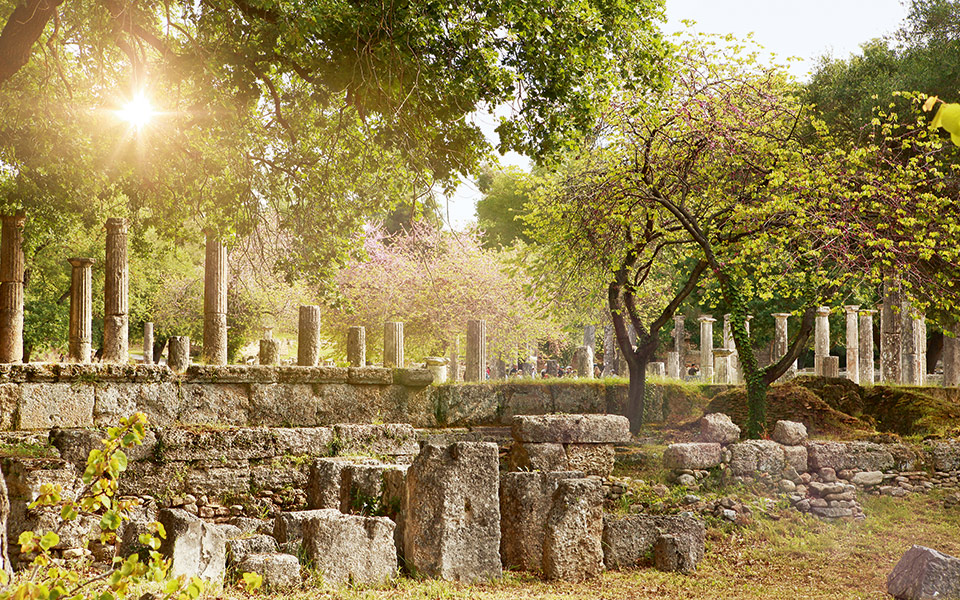
Mythical Peloponnese
The Peloponnese boasts a number of incredible historical sites. Archeology enthusiasts love the Cyclopean-walled fortress at Ancient Mycenae, the amphitheater at Epidaurus, the extensive ruins of Ancient Corinth, the beautiful lush site at Ancient Olympia, the birthplace of the Olympics, and the park-like site at Ancient Messene, while the castles of Mystras, Nafplio, Monemvasia, Methoni and Koroni are as exciting for history buffs as for kids, and for those who just love Game of Thrones.
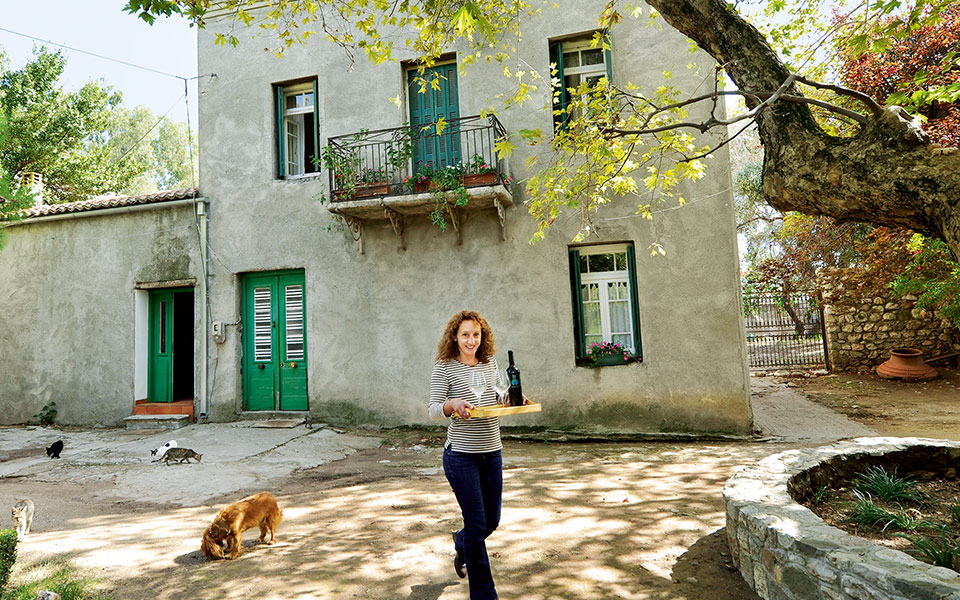
© Vangelis Zavos
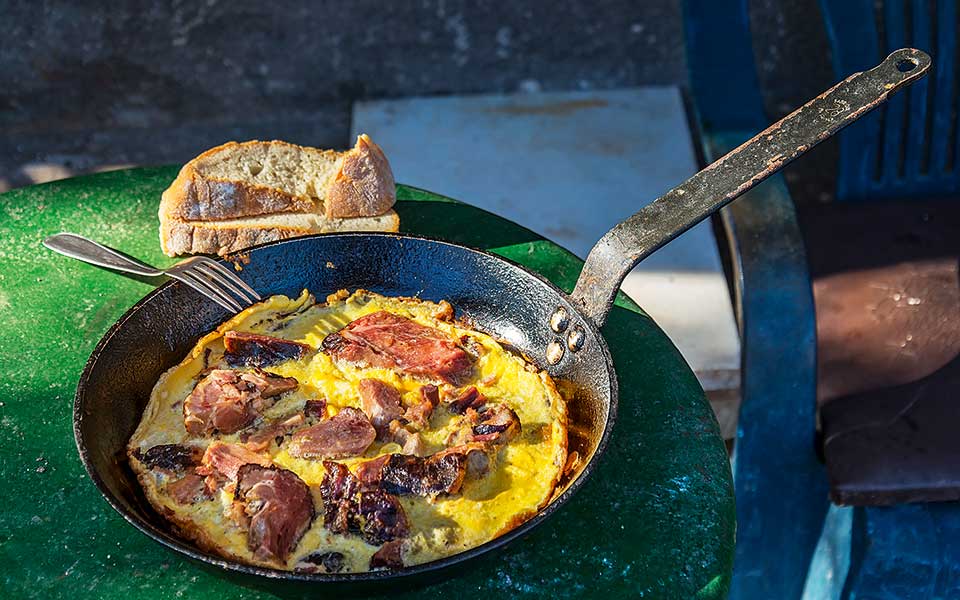
Omelet with preserved pork.
© Pericles Merakos
The local cuisine is dependent on nature, earthy and simple, utilizing the best seasonal produce. The stars of the show are the olives, the oranges, and the wine, but the local honey, dairy products, cured meats, fruit and vegetables, pulses and wild and farmed fish are also essential to making Peloponnesian food what it is.
Find one of our guides to the food of the area here, and two for the wines of the region here and here, a list of local delicacies here, a foodie guide to Nafplion here, and recipes to make at home here, here, and here.
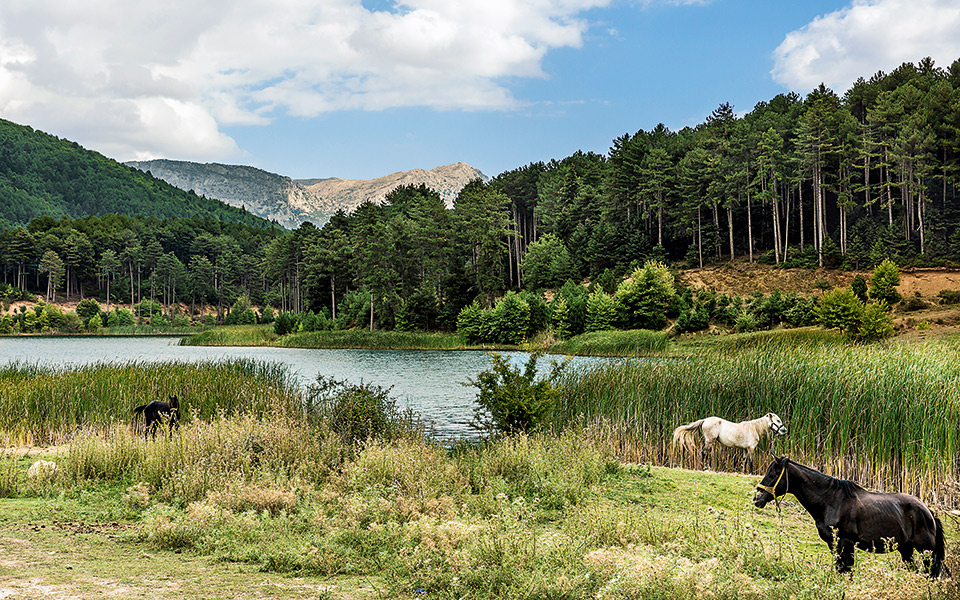
Alpine Corinthia
© Dionysis Kouris
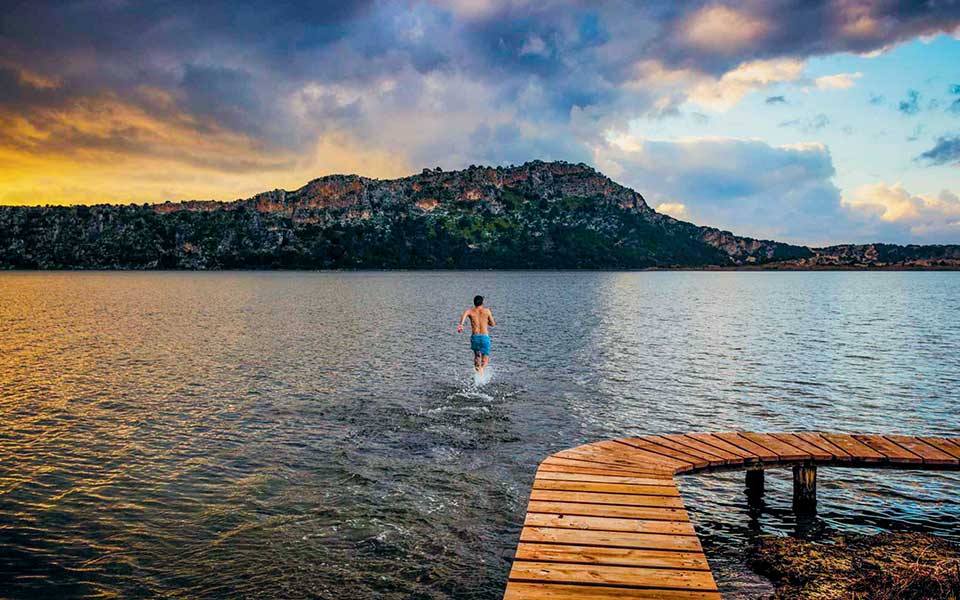
Messinia
© Pericles Merakos
The mountains of the Peloponnese are often advertised as being the Greek version of the Swiss Alps. In Alpine Corinthia, you’ll fall in love with the forest and the lakes, around which you can go hiking or horseback riding, and at Mount Taygetus, hikers can climb to the famous perfect triangle peak in less than three hours. Meanwhile, the ski center of Kalavryta draws people from all over the peninsula and from Athens in the winter.
The coast is just as exciting. In Messinia, you’ll find one of Europe’s most important wetlands, Gialova Lagoon, right next to one of the peninsula’s most famous jaw-droppingly beautiful beaches, the famous Omega beach (shaped like the letter omega – Ω). In Lakonia, you can explore the stalactites and stalagmites of the impressive Diros Cave. In Mani, meanwhile, the rugged and arid terrain continues all the way to the sea, where you’ll find gorgeous pebble beaches with mighty rocks sticking out of the sea as if tossed there by giants.

The night falls in Patras.
© Vangelis Zavos
Over the years, we have researched, traveled and written more about the Peloponnese than what we can present here. Follow this link to find most of our material on the region, including articles such as:
Corinth Canal: The Power of Vision
Ancient Greek Gods and Heroes of the Peloponnese
Greece Is presents "Peloponnese Trails," a...
Anyone who has visited Tsintzina, the...
Just two and a half hours...
Discover five mountain destinations where crisp...